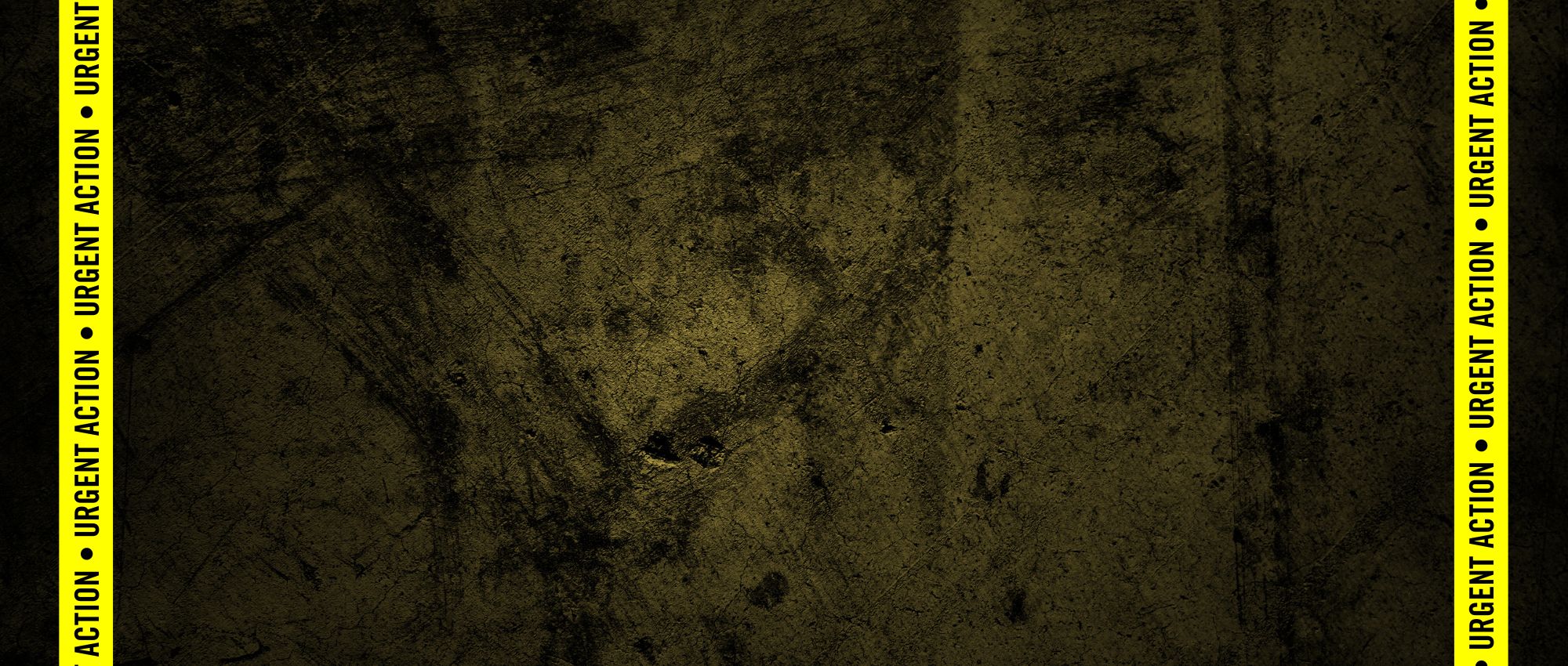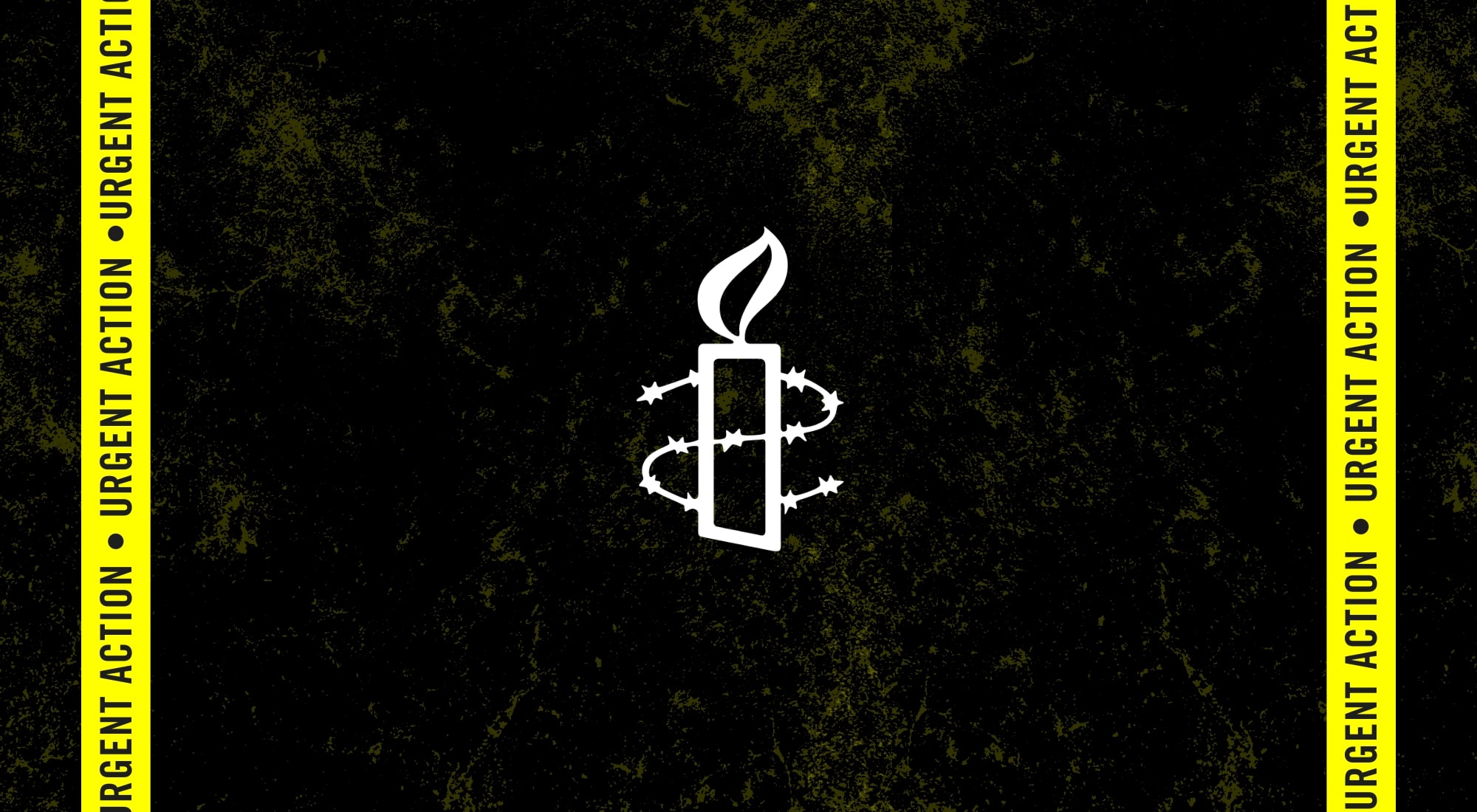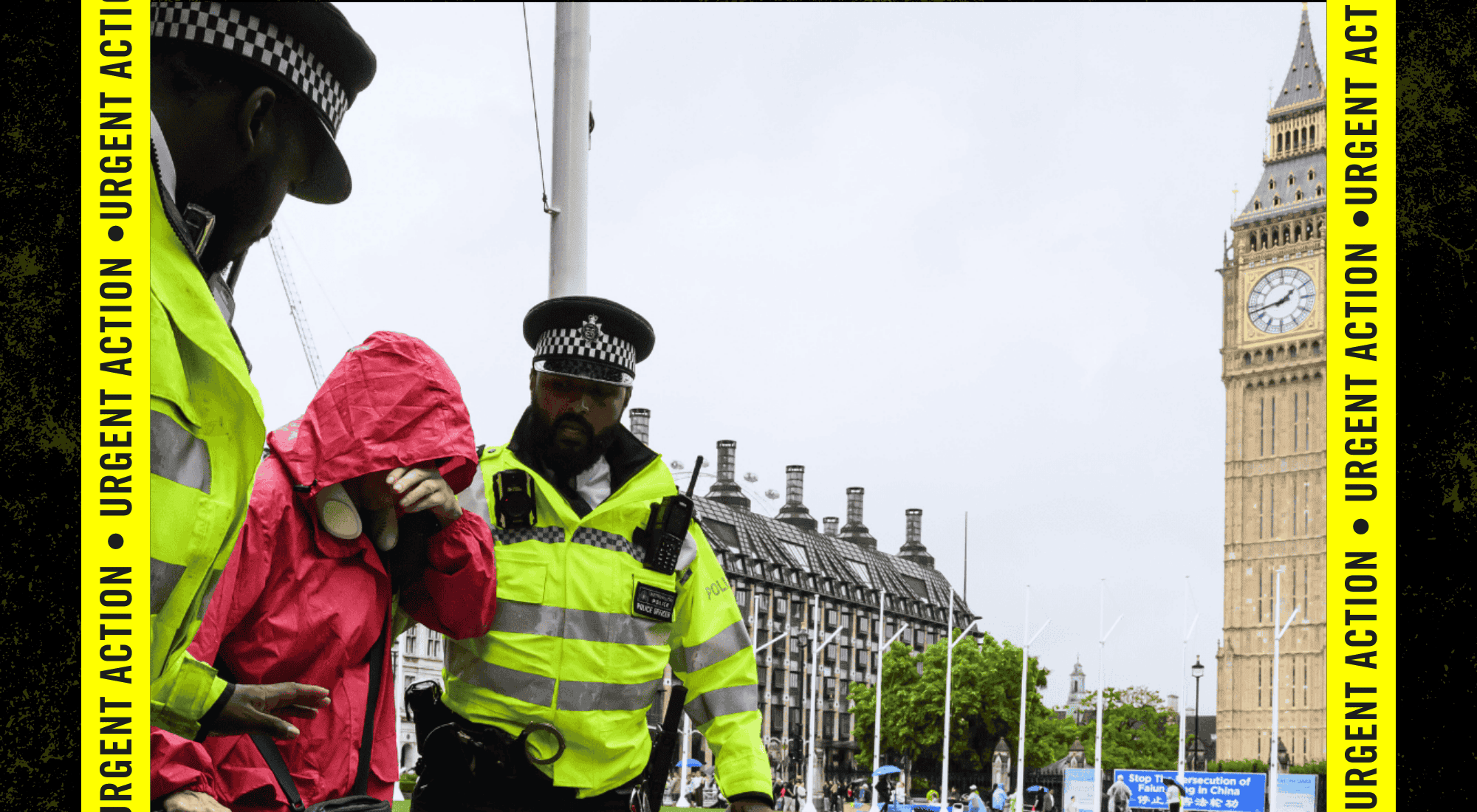Download a copy of the 1st UA 5/23 below
Wesley Ruiz is scheduled to be executed in Texas on February 1, 2023. This 43-year-old Mexican American was sentenced to death in 2008 for the murder of a white police officer in March 2007. According to his clemency petition, the jury was not presented with certain compelling mitigating evidence, including about the defendant’s childhood of deprivation, abuse and neglect and its effects on his psychological functioning. The foreperson of the jury is among those who now support clemency.
Furthermore, he has been diagnosed with Fetal Alcohol Spectrum Disorder (FASD) and Post-Traumatic Stress Disorder (PTSD), relevant information for the jury to have considered in relation to his conduct at the time of the crime. An FASD expert has said that “Due to considerable executive dysfunction, Mr. Ruiz is biologically incapable of effective mental processing in novel complex situations while simultaneously controlling his impulses”. She further stated that “Just as [FASD] impaired Mr. Ruiz’s thinking and behavior throughout his life, the disorder likely impaired his reasoning and impulse control during the offense”. A psychologist who specializes in trauma has also concluded that at the time of the crime, Wesley Ruiz exhibited PTSD symptoms, including a fear response. The jury was presented no such expert psychological information.
According to the clemency petition, anti-Hispanic racism infected the defense team’s mitigation investigation, with racial stereotyping contributing to the mitigation expert’s failure to engage in a culturally competent investigation and to build a comprehensive social and family background for presentation to the jury at the sentencing. After learning about Wesley Ruiz’s life circumstances from Wesley Ruiz’s current lawyers, one of the jurors from the trial has said that had she been presented such information at trial, she would have considered a life rather than a death sentence. The jury foreman has stated that he would now support commutation of Wesley Ruiz’s death sentence.
Write to the Texas Board of Pardons and Paroles urging them to:
- recommend that Governor Greg Abbot commute Wesley Ruiz’s death sentence.
Write to:
Texas Board of Pardons and Paroles
P.O. Box 13401
Austin, Texas 78711-3401
USA
Email: bpp_pio@tdcj.texas.gov
Salutation: Dear Board Members,
And copy:
His Excellency David Louis COHEN (M)
Ambassador
Embassy of the United States of America
490 Sussex Drive
Ottawa, ON K1N 1G8
Tel: (613) 238-5335 / 688-5335 (24h)
Fax: (613) 688-3082
ADDITIONAL INFORMATION
On March 21, 2007, the Dallas Police Department (DPD) advised its officers to be on the lookout for a particular car suspected to have been involved in a capital murder case. Two days later, what police thought was the car in question (it later transpired that it was not) was spotted and a high-speed chase of it by two police cars ensued. The driver of the car lost control, skidded to a halt, and the two police cars hemmed the vehicle in. One of the officers, a 33-year-old Navy veteran, ran to the car (despite DPD policy that officers should not “rush” a suspect) and began trying to smash its front passenger window with his baton. As he continued, a single shot fired from inside the car shattered the rear passenger window, the bullet struck the officer’s badge, splintered and a fragment severed the officer’s left common carotid artery. The other police fired at the vehicle. The only person in the car, 29-year-old Wesley Ruiz, was pulled out, with multiple wounds and unconscious. The officer who had been shot died.
At his 2008 trial, Wesley Ruiz recalled that he had been in fear for his life and that, while beating on the car window, the police officer had shouted that he was going to kill him. He claimed that he had fired his gun after the police had fired first. His lawyers presented a person who allegedly witnessed the police firing on the car after it came to a halt. The defense sought to present three witnesses to testify that they had previously been subjected to, or witnessed, allegedly excessive force by the deceased officer – one involving his use of deadly force following a traffic stop, and two involving the use of physical ill-treatment. The prosecution objected, saying the evidence would be “prejudicial to the State”. The judge sustained the objection and did not allow the jury to hear the witnesses, citing the Texas rules of evidence. In 2011, the Texas Court of Criminal Appeals (TCCA) ruled that it was clear from the record that the officer was the “first aggressor in this case”, that there “was no need” for the defense “to shore up that evidence with specific misconduct evidence explaining that [the officer] had a history of overreacting to resistance to his police authority”, and that any error in the judge’s decision did not affect the defendant’s “substantial rights”.
According to his clemency petition, the jury did not hear that Wesley Ruiz’s teenage years were marked by traumatic interactions with police, including with the Gang Unit which monitored gang activity. A Hispanic peer recalled that Wesley Ruiz “was constantly pulled out of his car, searched, and roughed up by the police. It was tiring. Wes was exhausted by it. We were all exhausted by it… [W]e could not just exist in our neighborhood without being harassed by the cops”. Other Hispanic peers have made similar recollections of police treatment of them, some very traumatic.
The jury convicted Wesley Ruiz of capital murder, for which the sentence is death or life imprisonment without the possibility of parole (LWOP). To impose a death sentence, the jury must determine that the defendant would likely commit criminal acts of violence that would constitute a continuing threat to society, even in prison (so-called “future dangerousness”). The prosecution presented an expert who testified about the classification of inmates in the Texas prison system. He wrongly told jurors that after 10 years in prison, Wesley Ruiz could be given a lower, less restrictive classification which could mean that he would be put in the general prison population. In 2005, however, the prison authorities had adopted a new regulation that individuals convicted of capital murder and sentenced to LWOP would never be put in a less restrictive custody than the highly restricted G-3 level at which all such individuals begin their prison sentence. In 2010, in another case, the TCCA overturned a death sentence because of the very same error by the same expert. The defendant in question is now serving LWOP. In Wesley Ruiz’s case, the TCCA decided that his claim had been procedurally defaulted (that is, should have been raised earlier).
During jury deliberations, a “holdout” juror wanted to sentence Wesley Ruiz to LWOP, not death. The jury had not been instructed that a failure to come to a unanimous sentencing verdict would result in a life sentence. The holdout juror in this case has since said that she was not aware that she could maintain her preference and thought she had to vote for a death sentence in the circumstances. A linguistic anthropologist has recently reviewed declarations from two jurors and concluded that “there is no question that racial bias featured in the jury’s perception of Mr. Ruiz as dangerous and would have tainted any decision that required an appraisal of [his future dangerousness)”.
There were dozens of uniformed armed police officers present in the courtroom during the trial. They were there not for security, but as spectators. One of the defense lawyers, during closing arguments at the sentencing phase, warned the jury that the officers “are down here for one reason and one reason only, that’s to intimidate you”. The trial judge took no action during proceedings to address what Wesley Ruiz’s appeal lawyers described as a “hostile and coercive atmosphere”. The claim on federal appeal that he had been deprived of a fair and impartial trial was rejected, on the grounds that the US Supreme Court has not established standards for spectator conduct at trials.
The UN Human Rights Committee, which oversees implementation of the International Covenant on Civil and Political Rights, has said that “In all cases involving the application of the death penalty, the personal circumstances of the offender and the particular circumstances of the offence, including its specific attenuating elements, must be considered by the sentencing court”. Amnesty International opposes the death penalty in all cases, unconditionally. There have been 1,561 executions in the USA since the US Supreme Court upheld new capital laws in 1976. Texas accounts for 579 of them. There have been three executions so far in 2023, one each in Texas, Oklahoma, and Missouri which between them are responsible for 50 per cent of all executions in the USA since 1976.
***PLEASE TAKE ACTION AS SOON AS POSSIBLE UNTIL: February 1, 2023
<><><><><><>
If you want Updates on this case, send your request to urgentaction@amnesty.ca with “Keep me updated on UA 5/23 USA” in the subject line.
<><><><><><>
























